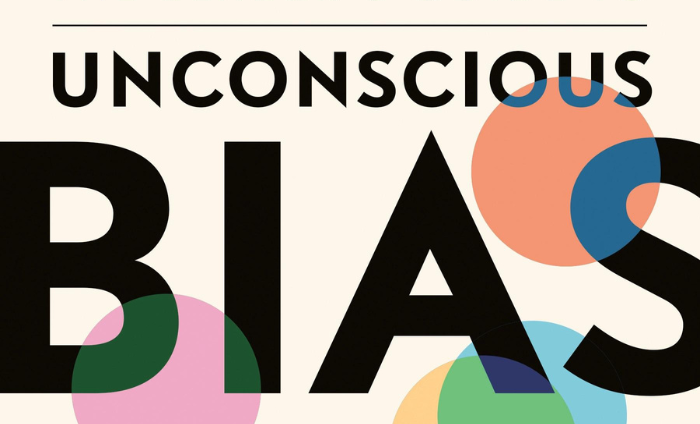Every day, leaders analyze and process information that leads to informed decisions. To make sense of this information, our brains activate our learned biases to develop shortcuts and categorize information into usable blocks.
Everyone carries bias, it is an inherently learned behaviour. If these biases are identified and harnessed, they can even lead to powerful outcomes. However, to maximize our effective output on the information we take in, we need to recognize where our unconscious biases can lead to poor decision-making, especially in today’s fast-paced world of business.
As it happens, one of Pembroke’s portfolios companies is FranklinCovey (“FC”), an organization that helps individuals and teams achieve results that require collective behavioural change.
Recently, the Pembroke team met with FranklinCovey’s Pamela Fuller to discuss her book The Leader’s Guide to Unconscious Bias. Pamela is the lead architect of FranklinCovey’s organizational solution, and one of the firm’s top global sales leaders. Her insights and interaction proved to be engaging and enlightening, as we work to better understand our own bias.
Why are biases and, especially, unconscious biases, an issue for leaders? Because biases are how our brains compensate for information overload. Everyone’s biases shape their decision-making process, which means that a specific lens influences the outcome.
Any unconscious bias is therefore leading us away from the correct informational keys required for the most effective decision outcome. In this context, identifying these bias can reduce inhibitions to performance and avoid costly mistakes.
So, how can we act to limit the potentially harmful impacts of unconscious bias? How can we create environments in which we all feel valued and able to offer our best?
First, it is important to understand that, while a bias is a conscious preference for or against a person, a place or an object, unconscious bias leaves us unaware of potential harm. In that sense, we should never accept instinctual decision-making as based on fact.
To pull the blinds on unconscious biases, we need to:
- Understand our own story, why we gather and process information as we do
- Work actively on identifying biases in our own thinking and in our work environment
- Be courageous as we engage in the difficult challenge of addressing the biases that limit us and the people around us
- Cultivate relationships with our networks to expand our understanding of others
- Facilitate thoughtfulness and engagement within our network: people need to accept the ideas of others as well as feel accepted to fully participate
In practice, we must become aware of our instincts to analyze them, and to determine if the filters we normally use to process information and take decisions rely on unconscious biases.
Once we identify such a bias, we need to ask ourselves why it was used, and why it is there. Is this bias protecting us? Is this bias the easier option? Understanding the root of each unconscious bias is important to fully change our way of thinking.
Simply deciding that we will stop applying bias is often not enough and, frankly, impossible. In fact, it would even be a limiting characteristic for decision-making in a world that bombards us with information throughout our waking hours. Bias can be a tool to making effective decisions, but a tool is only as good as the operator.
On an organizational level, identifying and overcoming unconscious biases requires building a culture that fosters inclusion and diversity, a network where there is an open architecture for ideas and growth.
Inclusion can be achieved through mentorship, coaching and open dialogue. As for diversity, it can be deployed in many forms: culture, age and generation, education, gender and identity, socioeconomic background, etc. These are critical to promoting the advancement of ideas and perspectives to enhance productive outcomes.
Overall, diversity can take many forms and will present opportunity in allowing a group of different people to move together even faster. The goal in identifying the unconscious biases is to strengthen your network and organization, resulting in a more fulfilling and higher performing environment.
Other Articles Of Interest
Disclaimer
This report is for the purpose of providing some insight into Pembroke and the Pembroke funds. Past performance is not indicative of future returns. Any securities listed herein, are for informational purposes only and are not intended and should not be construed as investment advice nor is it a recommendation to buy or sell any particular security. Factual information has been taken from sources we believe to be reliable, but its accuracy, completeness or interpretation cannot be guaranteed. Pembroke seeks to ensure that the content of this document is correct and up to date but does not guarantee that the content is accurate and complete and does not assume any responsibility for this. Pembroke is not responsible for decisions or actions taken or made on the basis of information contained in this document.

